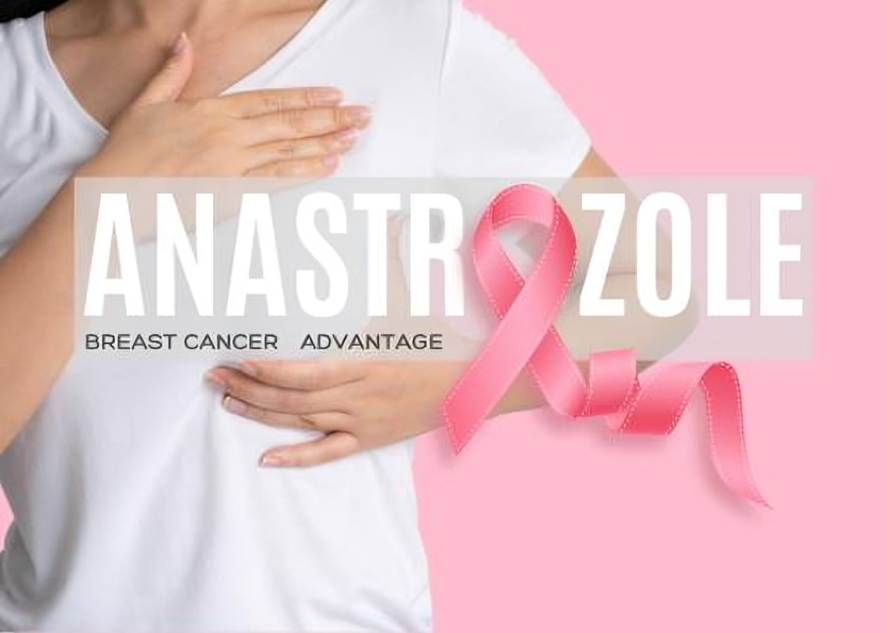Sergio Cifuentes Canaval, Cancer Research Project Manager at CENEIT México, shared on LinkedIn a recent paper by Tufia C. Haddad et al. titled “Anastrozole Dose Escalation for Optimal Estrogen Suppression in Postmenopausal Early-Stage Breast Cancer: A Prospective Trial” published in Clinical Cancer Research.
Authors: Tufia C. Haddad, Vera J. Suman, Karthik V. Giridhar, Kostandinos Sideras, Donald W. Northfelt, Brenda J. Ernst, Ciara C. O’Sullivian, Ravinder J. Singh, Zeruesenay Desta, Prema P. Peethambaram, Timothy J. Hobday, Saranya Chumstri, Roberto A. Leon-Ferre, Kathryn J. Ruddy, Siddhartha Yadav, Jodi L. Taraba, Barbara Goodnature, Matthew P. Goetz, Liewei Wang, James N. Ingle.

“Anastrozole Dose Escalation for Optimal Estrogen Suppression in Postmenopausal Women With Early-Stage Breast Cancer.
A new study reveals that 30% of postmenopausal women with ER-positive early-stage breast cancer have elevated estrogen levels despite standard anastrozole therapy. High-dose anastrozole (10 mg/day) effectively lowers these levels in 76% of patients.
Anastrozole Dose Escalation for Optimal Estrogen Suppression in Postmenopausal Women With Early-Stage Breast Cancer.
Standard anastrozole 1 mg/day (ANA1) linked to elevated risk of breast cancer events in women with E1 ≥1.3 pg/mL and E2 ≥0.5.
Postmenopausal women with ER+ BC on ANA1 assessed for E1 and E2 pre- and post-8-10 weeks.
– Those with IES switched to ANA10, followed by letrozole.
– E1 and E2 levels reassessed after each cycle.
– Primary analysis included patients with ≥80% adherence to treatment. .
Results:
– 132 (84.6%) of 156 patients were adherent to ANA1.
– 30% had IES on ANA1.
– 25 (78.1%) of 32 patients switched to ANA10 were adherent.
– AES achieved in 19 (76%; 90%CI: 58.1-89.0%) of ANA10-adherent patients.
– Anastrozole concentrations post-ANA1 and post-ANA10 did not differ by estrogen suppression status.
– AES maintained/attained in 21 (91.3%) of 23 letrozole-adherent patients.
My Clinical Implications:
– Personalized Dosing: Identifying patients with IES on ANA1 and escalating dose to ANA10 can improve estrogen suppression.
– Biomarkers: E1 and E2 levels can guide individualized anastrozole dosing.
– Further Research: Needed to validate the clinical benefits and establish optimal thresholds for estrogen suppression.
This study highlights the potential of dose escalation in improving outcomes for postmenopausal women with ER+ early-stage breast cancer.”
